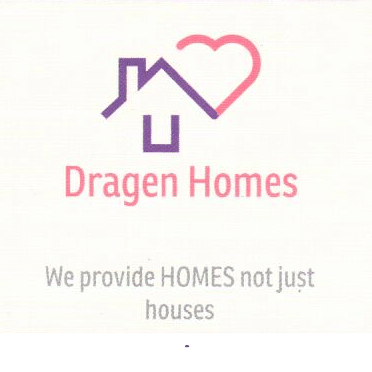From April 2018, new rules come into force that ensures rental properties have a minimum energy performance certificate (EPC) rating of E or better before new tenants can move in. Failure to comply can result in fines up to £5,000. Similar regulations are being introduced for rented commercial property. Most properties that are currently below an EPC rating of E will be older properties and will require work to raise their ratings. The common ways to improve energy efficiency are through insulation, double-glazing and installing energy efficient boilers. Energy ratings are on a scale of A (the highest) to F. Landlords can, of course, improve their properties to higher than the minimum of E. These properties can be advertised as being highly energy efficient and higher rents can be charged. Because these homes cost less to heat, the savings for the tenant can make up for the higher rents. Some landlords are deliberately purchasing low energy efficient old property. Many of these properties can be purchased cheaply and then converted to both add value to the property and improve rental yields. Bridging loans are available for the refurbishment work needed to improve energy efficiency, or a second charge commercial mortgage can be used to finance the work if the property is already mortgaged. A mortgage broker who also arranges bridging finance can advise landlords on the best finance options. It is possible to find a bridging loan that will finance 100% of the cost of upgrading homes.






